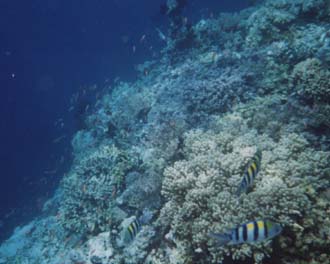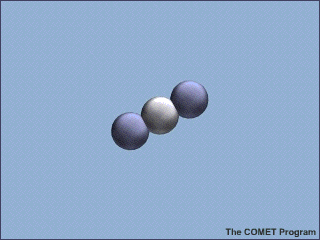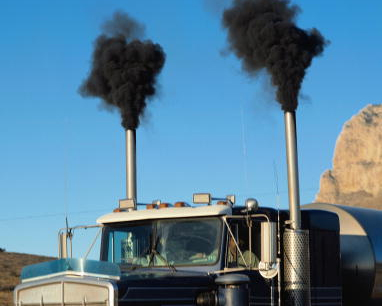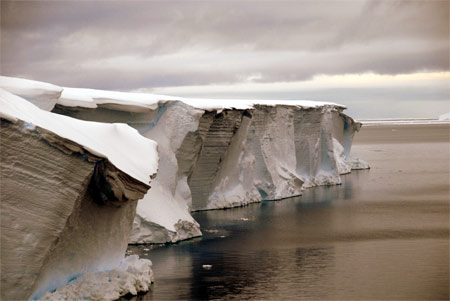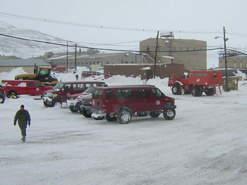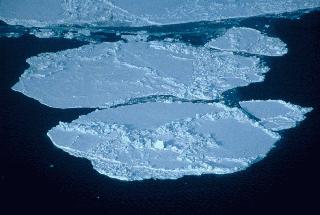
NASA
Ice-Albedo Feedback: How Melting Ice Causes More Ice to Melt
The sea ice that floats on the Arctic Ocean is covered with snow all winter. The snow-covered ice is bright white so it absorbs very little of the solar energy that gets to it. And during the Arctic winter, very little solar energy gets to it anyway. The Sun stays low on the horizon, days are short, and above the Arctic Circle there is at least one day of winter when the Sun does not make an appearance at all.
Summer is warmer than winter but it becomes even warmer as the ice changes and melts. How does this happen? As summer approaches, the Sun climbs higher in the sky each day and the weather gets a little warmer. Warmer temperatures melt the snow, exposing the bare sea ice. Pools of melt water form on the ice and cracks called leads break the ice into pieces like a puzzle. The exposed ice is darker in color than the snow. The pools and cracks are also darker. And where the ice has melted, dark ocean water is exposed. Because all these changes make the surface darker, the albedo is lower, more solar energy is absorbed, and less is reflected. Holding onto the energy causes more ice to melt, which, in turn, lowers the albedo, causes more energy to be absorbed and more warming.
This is a normal seasonal process, called a positive feedback. However it is changing as Earth’s climate changes.
Because Earth’s temperature is climbing as more greenhouse gases are released into the atmosphere, the snow on top of the ice melts earlier in the spring. A little later each autumn, temperatures drop to the chilly levels needed for sea ice to again form. There is more time during the summer for the compounding cycle of melting ice, lowering albedo, trapping of more solar energy, and more ice melt. And there is less time in the winter for ice to reform.
This process of a little warming causing more warming is called the ice-albedo feedback. The ice-albedo feedback can turn a small climate change into a big climate change. The sea ice is melting rapidly in the Arctic Ocean. According to climate models that pace of ice melt will speed up even more, so much that that there may be no more summer sea ice within the next few decades.







